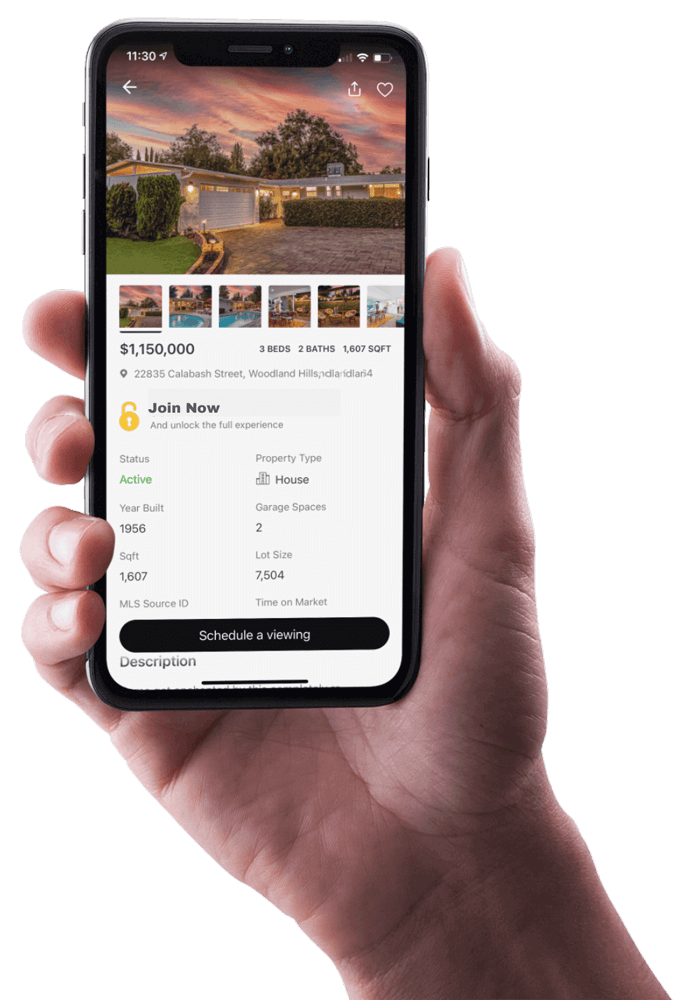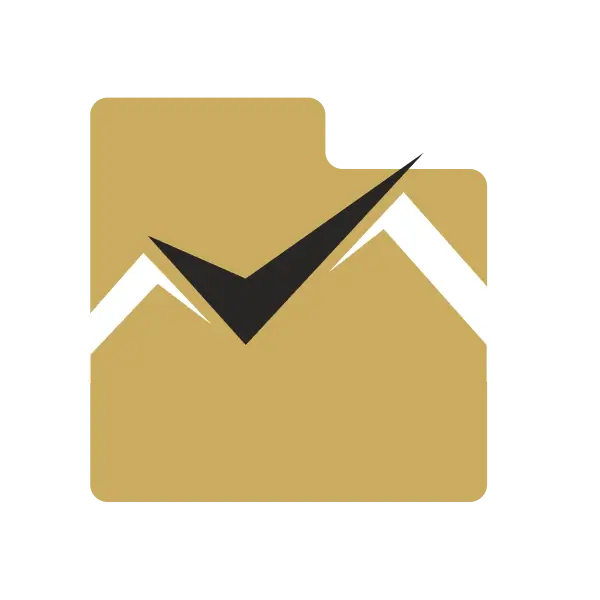How Plumbing Conditions Influence Property Value and Buyer Confidence
Plumbing systems play a key role in home inspections, buyer confidence, and long-term property value. Learn how infrastructure impacts real estate decisions.

House hacking stands out as one of the most accessible and rewarding strategies for real estate investment, especially in Utah's vibrant property market. This comprehensive guide dives into the step-by-step process of discovering and analyzing an ideal property for house hacking, focusing on practical strategies, market insights, and analytical tools tailored for Utah investors.
House hacking is a real estate investment strategy where an owner lives in one part of a property while renting out other units or spaces to cover the mortgage and expenses. This method significantly lowers living costs and builds equity simultaneously, making it an excellent entry point for new investors.
In Utah's diverse real estate landscape, house hacking has become particularly popular due to rising home prices and strong rental demand. Cities like Taylorsville, Salt Lake City, and others in the Salt Lake Valley offer promising opportunities for investors looking to maximize cash flow while establishing a foothold in the market.
House hacking not only offers financial advantages but also serves as a practical learning experience for managing rental properties, renovations, and tenant relations. For many investors, it's the safest and most enjoyable way to grow a real estate portfolio.
Successful house hacking begins with finding the right property that fits both personal living needs and investment goals. Properties suitable for house hacking often include duplexes, triplexes, fourplexes, or single-family homes with a basement or mother-in-law apartment that can be rented out.
Investors can find properties either on-market via the Multiple Listing Service (MLS) or off-market through specialized networks and marketing campaigns. In Utah, some real estate brokerages offer off-market deal sourcing by conducting email and mailing campaigns targeting sellers who may not have listed their properties publicly. These off-market opportunities can sometimes offer better pricing and less competition.
However, many excellent deals are still available on the MLS. Leveraging a skilled realtor familiar with Utah's market nuances can provide access to detailed listing information and early notifications of new properties.
When reviewing listings, investors should carefully assess:
Analyzing photos and property details closely can reveal opportunities for improvements and value addition that support a profitable house hack.
After narrowing down a potential property, a thorough financial analysis is essential to ensure the investment meets financial goals. This involves creating a pro forma—a detailed spreadsheet projecting income, expenses, and returns.
Investors should develop or use a spreadsheet tailored to rental properties that includes:
For instance, a house purchased at $470,000 with a projected after-repair value (ARV) of $550,000, $30,000 in repairs, and a 5% down payment can yield a cash-on-cash return near 19% and a cap rate close to 7%. These are strong indicators of a sound investment in today's Utah market.
Utilities and internet costs should be factored in, especially if the investor plans to keep these accounts in their name for ease of management. Conservative estimates for rental income and expense inflation (around 3% annually) provide a realistic long-term outlook.
These metrics help investors compare properties and make informed decisions based on expected financial performance.
Once the numbers align, visiting the property in person provides crucial insights beyond data. A physical tour allows investors to assess:
For example, uncovering original hardwood floors beneath carpet can reduce renovation costs and enhance appeal. Identifying an easy way to open up and modernize a kitchen can add significant value and rental desirability.
During the inspection phase, it's also important to verify that the property's layout supports separate living units for effective house hacking. Properties with existing or easily added mother-in-law apartments or basements with bathrooms are ideal candidates.
After selecting a property and confirming its feasibility, submitting a competitive offer is critical. Offering slightly above asking price with terms favorable to the seller—such as a quick and easy closing—can increase success chances in a competitive market.
For instance, offering $470,000 on a property listed at $469,900 demonstrates seriousness and can secure the contract swiftly.
Once under contract, obtaining an appraisal is a key step, especially when financing the purchase with a loan. An appraisal higher than the contract price, such as $30,000 above, confirms the property's value and provides confidence in the investment.
Although repair costs must still be accounted for, an appraisal above the purchase price supports the potential for increased property value post-renovation. This can open opportunities for refinancing or leveraging additional equity in the future.
House hacking is not just about immediate cash flow but also long-term wealth building. Using financial models that project rental income, expenses, equity growth, and debt reduction over 30 years can guide strategic decisions.
Such projections typically assume:
For example, initial monthly cash flow may start near $400 but can grow to over $700 in five years and exceed $2,000 by year 15, assuming stable market conditions. Once the loan is fully paid off, monthly cash flow can approach $8,000, representing significant passive income.
These insights help investors plan for refinancing, reinvestment, or eventual property sale to optimize returns.
Taylorsville, Utah, offers a prime market for house hacking due to its affordability and growing demand. Properties here often have strong appreciation potential, with homes turning over at significantly higher prices per square foot compared to listing prices, making it an attractive location for investors.
Other Utah cities and suburbs also present unique opportunities. For example, neighborhoods in Salt Lake City provide a mix of urban amenities and rental demand, while suburban areas like Saratoga Springs are popular for families seeking quality schools and community features.
Understanding each community's market dynamics is essential for tailoring house hacking strategies effectively.
Multi-family properties like duplexes, triplexes, and fourplexes are ideal because they offer separate units for renting. Single-family homes with basements or mother-in-law apartments also work well.
Down payments as low as 5% are possible with certain loan programs, making initial investments around $20,000 to $30,000 feasible in many Utah markets, depending on the property price.
Yes, with careful property selection and conservative financial planning, many house hacks generate positive monthly cash flow from the start.
Risks include unexpected repair costs, vacancy periods, and tenant management challenges. Proper due diligence, budgeting for repairs, and understanding landlord responsibilities mitigate these risks.
Absolutely. House hacking provides hands-on experience managing properties while reducing personal housing costs, making it a practical entry point for beginners.
House hacking remains one of the most effective and accessible strategies for building real estate wealth in Utah. By carefully sourcing properties, conducting detailed financial analyses, and planning renovations and management, investors can create a sustainable income stream and long-term equity growth.
Utah's dynamic real estate market, with its diverse communities and growing population, offers ample opportunities for house hackers. Whether investing in Taylorsville, Salt Lake City, or surrounding suburbs, a systematic approach to finding, analyzing, and managing properties is key to success.
For aspiring investors seeking tools to simplify this process, downloadable financial spreadsheets and access to local real estate expertise can provide valuable support. House hacking not only builds financial security but also fosters a deeper understanding of real estate investing fundamentals.
Explore more about Utah real estate opportunities and start your journey toward profitable house hacking today. For a deeper dive into Utah's housing market trends and investment strategies, visit bestutahrealestate.com.
What types of properties are best for house hacking?
How much money is typically needed to start house hacking?
Can house hacking generate positive cash flow immediately?
What are the risks involved in house hacking?
Is house hacking suitable for first-time real estate investors?
Access all your saved properties, searches, notes and more.
Access all your saved properties, searches, notes and more.
Enter your email address and we will send you a link to change your password.


Your trusted MLS search companion